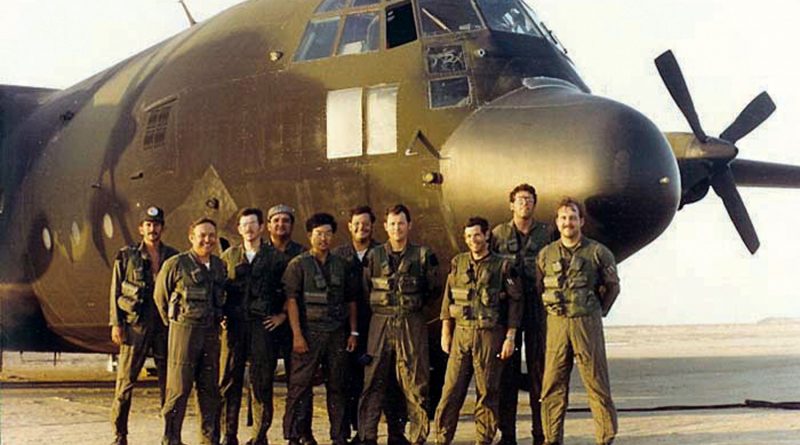April 24 in U.S. military history
1781: A 2,500-man force of British and Hessian troops, led by Gen. William Phillips, lands at City Point, Va., joining with the notorious traitor Gen. Benedict Arnold’s “American Legion.” The next morning, the combined force marches towards Petersburg, defended by Virginia militiamen under the command of Prussian Maj. Gen. Friederich Wilhelm von Steuben. After putting up several hours of fierce resistance, the outnumbered Americans disengage and Petersburg falls to the British.
1862: Adm. David Farragut’s squadron of 43 Union vessels fight past Confederate batteries at Forts Jackson and St. Philip in the Mississippi River at New Orleans and destroy most of the Confederate fleet upriver. The Union captures the crucial port city the following day – one of the worst setbacks for the Confederacy during the Civil War.
1942: The first B-29 “Superfortress” bomber flies “over the hump” (the Himalayan Mountains), airlifting supplies and ammunition from India to nationalist Chinese forces, following the Japanese capture of the Burma Road. Army Air Force bombers will begin bombing the Japanese mainland from forward air bases in China, but the “India-China Ferry” aircraft must fly seven transport missions over the hump for just one bombing raid.
1951: When a wave of Chinese soldiers charged his machine gun position, Army Cpl. Hiroshi Miyamura told his crew to cover him as he fixed his bayonet and advanced into the enemy force, killing ten in hand to hand combat and scattering the attackers. Upon returning to his position, Miyamura ordered his men to withdraw as he manned the machine gun and covered their retreat. He killed some 50 communist fighters before running out of ammunition and becoming severely wounded. Miyamura’s position was overrun and he would spend the next 28 months as a prisoner of war. His daring actions made him the first Medal of Honor recipient whose citation was classified “Top Secret” – until his repatriation 28 months later.
1980 (Featured image): Following a string of glitches from missed deadlines to malfunctioning helicopters, a U.S. operation aimed at freeing American hostages in Iran is aborted at a remote staging area – code-named “Desert One” – some 200 miles from Tehran. As the rescue force begins to withdraw, one of the helicopters operating in night black-out conditions accidentally hovers into a C-130 transport aircraft. A terrific explosion follows, killing five U.S. airmen and three Marines.
Though an operational disaster, America’s enemies will be stunned by the fact that such a mission in adverse conditions was nearly carried out so far from American shores. Moreover, the disaster will force military planners to ramp up and retool U.S. special operations forces, establishing a special warfare capability that is today the envy of foreign militaries worldwide.
